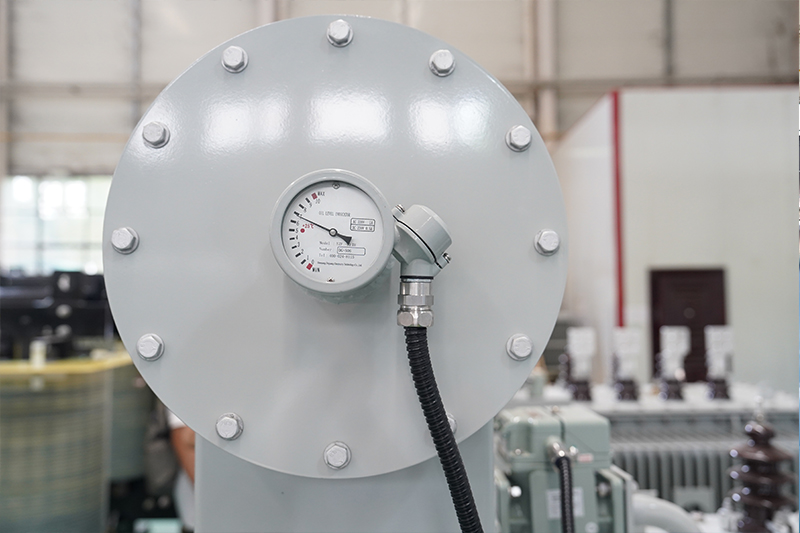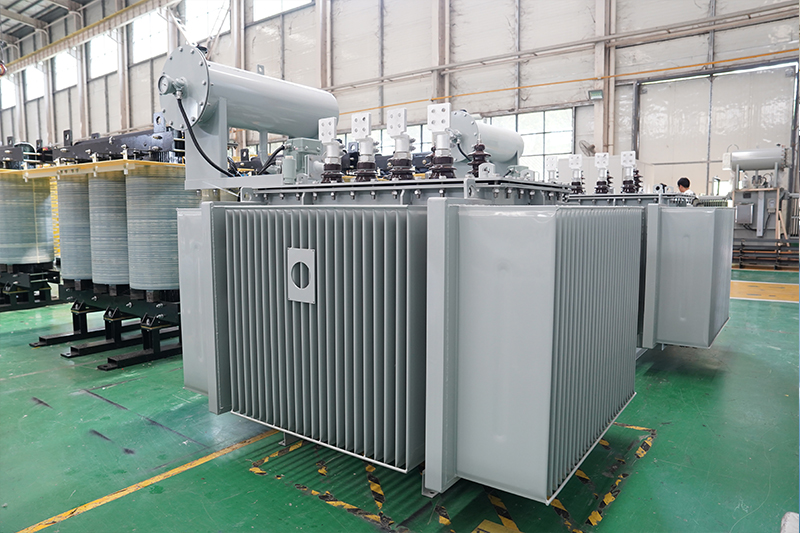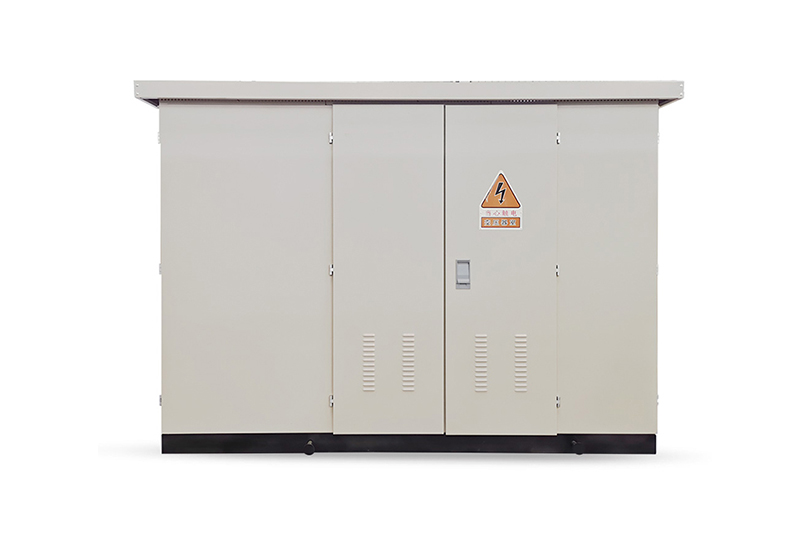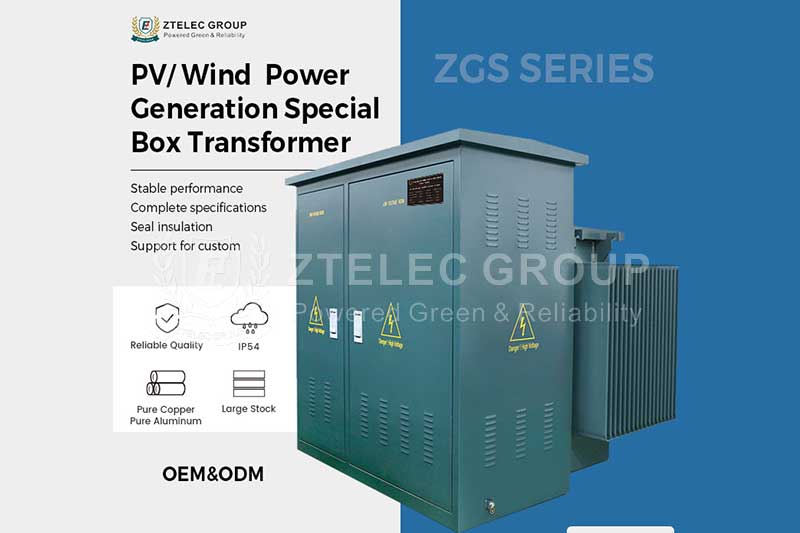Oil Conservator Types for Oil-Immersed Transformers: Comparison and Selection Guide
Time:2025-08-6 Auther:ZTelec-www.ztelectransformer.com
Oil-immersed transformers are widely used in power transmission and distribution networks due to their reliability and efficiency. Among their key components, the oil conservator plays a crucial role in regulating transformer oil volume and protecting the oil from oxidation, moisture, and contamination. Choosing the right type of oil conservator is essential for ensuring long-term performance, minimizing maintenance, and extending the life of the transformer.
This article provides a detailed analysis of the three main types of oil conservators—capsule, diaphragm, and bellows—and offers insights into their working principles, advantages, limitations, and appropriate application scenarios.

What Is an Oil Conservator in a Transformer?
The oil conservator is a sealed container attached to the transformer’s main tank. Its primary function is to accommodate the expansion and contraction of transformer oil due to temperature changes. When oil temperature rises, thermal expansion causes excess oil to flow into the conservator. As temperature drops, the oil contracts and flows back into the main tank. This mechanism maintains a consistent oil level and minimizes air contact with the oil, reducing the risk of oxidation and moisture contamination.
Main Types of Oil Conservators
1. Capsule (Bladder) Type Conservator
Structure & Operation: The capsule conservator uses a sealed rubber or synthetic bladder (capsule) suspended inside the conservator tank. The capsule contains dry air or nitrogen, while transformer oil surrounds it externally. This dual-chamber design completely separates oil from air.
As the oil temperature rises, oil pressure squeezes the capsule, reducing its volume. The internal gas is vented through a breather to equalize pressure. When oil contracts during cooling, the capsule expands, pushing oil back into the tank.
Advantages: Excellent air-oil isolation, reduces oxidation risk, low-cost design, and simple installation. Widely used in small to medium transformers.
Limitations: The rubber capsule can degrade over time due to temperature cycles and oil immersion. Regular inspection and replacement are required. Performance depends on the quality and durability of the bladder material.
2. Diaphragm Type Conservator
Structure & Operation: This type features an elastic membrane, such as PTFE (Teflon), that separates the oil and air chambers. The diaphragm moves vertically with the oil level, maintaining isolation while allowing volume compensation.
The upper chamber is connected to the atmosphere via a breather, ensuring pressure balance without allowing direct air contact with the oil.
Advantages: Superior aging resistance compared to rubber bladders, better long-term sealing, and more stable performance under demanding environmental conditions.
Limitations: Complex installation process, requires precise positioning and sealing. Repair or replacement is difficult and costly. Now mostly used in specialized high-sealing applications.

3. Bellows (Corrugated) Type Conservator
Structure & Operation: This modern design uses flexible, corrugated metal bellows to compensate for oil volume changes. Bellows are typically made of stainless steel or aluminum and deform elastically under pressure.
Two configurations exist: internal-oil type (oil inside bellows, air outside) and external-oil type (oil outside bellows, air inside). Oil movement is regulated through the expansion and contraction of the bellows, eliminating the need for a separate isolation component.
Advantages: Outstanding durability, corrosion resistance, long service life, and minimal maintenance. Ideal for large-scale, mission-critical transformers such as those in power plants or substations.
Limitations: High manufacturing and material costs. Typically used where reliability and performance outweigh upfront investment concerns.
Performance Comparison Summary
Capsule Conservator: Cost-effective, easy to install and maintain. Best for standard distribution transformers. Requires periodic inspection due to aging of the bladder.
Diaphragm Conservator: Offers superior sealing and aging resistance. Best for applications with specific environmental or operational sealing requirements. Limited by installation complexity and cost.
Bellows Conservator: Highest performance and longest lifespan. Minimal maintenance required. Ideal for high-voltage or large-capacity transformers where system reliability is a priority.
How to Select the Right Oil Conservator Type
When selecting an oil conservator, engineers and maintenance teams should consider the following factors:
– Transformer voltage and capacity
– Environmental temperature and humidity conditions
– Maintenance frequency and access limitations
– Project budget and lifecycle cost analysis
– Risk tolerance and system reliability requirements
A proper technical and economic evaluation will help determine the optimal conservator type, maximizing transformer efficiency, oil protection, and operational stability over time.
The oil conservator is a small but vital component in oil-immersed transformers, ensuring insulation oil performance, prolonging equipment life, and reducing maintenance risks. Understanding the differences between capsule, diaphragm, and bellows oil conservators enables better decision-making in transformer design, manufacturing, and procurement.
By selecting the most suitable conservator type based on transformer size, operating environment, and reliability needs, power system operators can achieve long-term energy savings, lower operational costs, and improved transformer safety.




